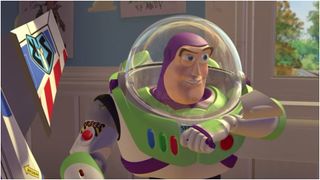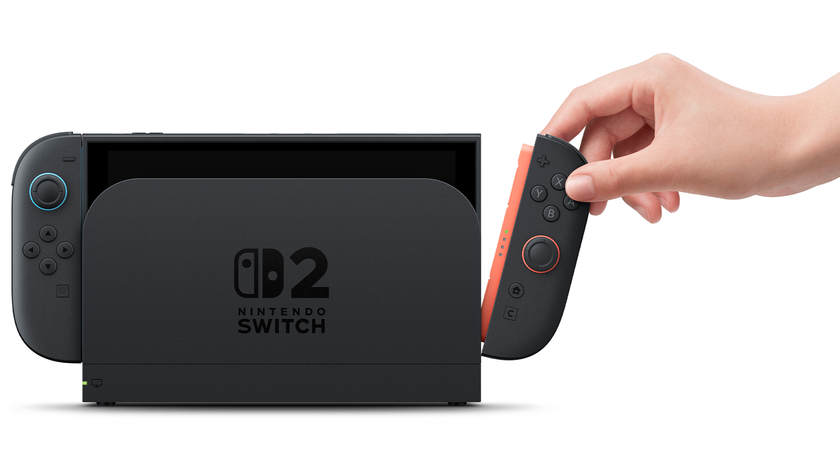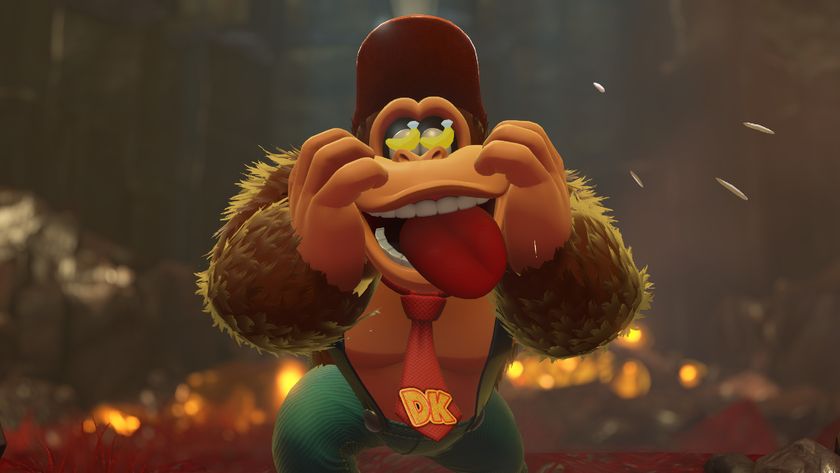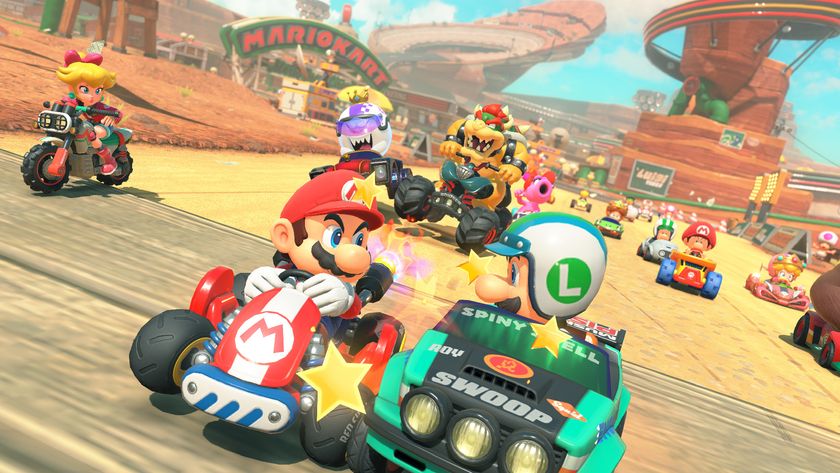Toy Story at 25: Why Pixar's animated marvel will always be a classic
A look back at the story behind Toy Story, 25 years on from the movie’s release

Twenty-five years have passed since the release of Toy Story, Pixar’s revolutionary animated film. Following Buzz and Woody’s arrival to the big screen, the studio has continued to release films that use innovative technology while – at their core – being emotional and universal stories that resonate around the world. Misfires are exceedingly rare. Without Toy Story, Pixar would not be the creative powerhouse it is today – but the film was far from being a guaranteed hit upon release. In fact, it had to overcome so many challenges on its way to cinemas that it’s something of a miracle that it arrived at all.
From the outset, Pixar found themselves with a mountain to climb – for one thing, they had never tackled a feature film before. Toy Story grew from director John Lasseter’s Oscar-winning 1988 short film Tin Toy, which saw the titular plaything being chased around by a human baby. Yet, there was a world of difference between making a 3D short that lasted just a few minutes and a full-length movie. There had simply never been a computer-generated project of this magnitude before and new technology was required, leading to Pixar creating the software RenderMan and Menv to make the movie.
Creating the programmes to render such a project was only a fraction of the battle facing Lasseter and his team. First, they needed to establish the story they wanted to tell.

Woody was not the same cowboy we all love, but initially a ventriloquist puppet – only later did he become a pull-string toy like Lasseter’s favourite childhood toy, Casper the Ghost.
Buzz Lightyear was also far smaller than Woody at first, as opposed to the less dramatic size difference in the completed movie, and the space ranger had a red colour scheme – it was again Lasseter who came up with green and purple. He explained, as quoted by MTV: “Lime green is my favourite colour and purple is my wife Nancy’s favourite colour... just like she and I, they go really well together."
Joss Whedon, best known for writing/directing The Avengers and creating Buffy the Vampire Slayer, also worked on the Toy Story script, penning one of the film’s most famous lines: “You are a sad, strange little man, and you have my pity.” Whedon’s impact doesn’t stop there – he created Rex the nervous, neurotic dinosaur, and wanted a role for Barbie, but, reportedly, Mattel wouldn’t license the character (unlike in Toy Story’s sequels). Whedon wasn’t the only surprising name to be involved with the project, either. At the time, Steve Jobs was the chair of Pixar, which itself started out as part of Lucasfilm – and Skywalker Sound even worked on the movie.

Then came the studio-mandated changes to the story. While “Disney Pixar” may now be a familiar sight, back then the collaboration wasn’t quite so seamless. Disney producer Jeffrey Katzenberg pushed for more “edge” and his influence led to Woody becoming a more jealous, mean-spirited figure – one who decides to push Buzz from a window, rather than the incident happening by accident. However, once the changes were made to Woody’s character, Disney disliked the movie even more and shut everything down – an incident now known as “Black Friday.” Luckily, Lasseter, along with fellow Pixar workers Andrew Stanton, Pete Doctor, and Joe Ranft, were able to whip the story into shape and restore it to Lasseter’s original vision, and Whedon came back to continue working on the script.
Sign up for the Total Film Newsletter
Bringing all the latest movie news, features, and reviews to your inbox
Disney also suggested making the film a musical, which Pixar resisted. “[Toy Story] would have been a really bad musical, because it’s a buddy movie,” Whedon later reflected to Entertainment Weekly. “It’s about people who won’t admit what they want, much less sing about it. Woody can't do an ‘I want’ number – he's cynical and selfish, he doesn't know himself. Buddy movies are about sublimating, punching an arm, ‘I hate you.’ It's not about open emotion."
Once the script had taken shape and studio notes were taken on board, then came the voice casting – something that led to further, smaller story changes. Billy Crystal was top choice for Buzz, but turned down the role, leading to Tim Allen taking the part. However, the actor’s voice didn’t match the script’s version of Buzz Lightyear, who was very much characterised as a nice-guy. This led to re-writes and Buzz changed from being fully aware that he was a toy, to being convinced he was really a spaceman (a change also influenced by Whedon). When Tom Hanks was hired to voice Woody, Hollywood’s most-loved actor also had a big impact on the script thanks to his talent for improvisation. His work was so good that some of it was later used throughout Toy Story’s three sequels.

- The best Pixar movies, ranked!
When it finally premiered in 1995, Toy Story was an instant hit, making history as the first ever completely computer-generated feature film. Yet, what made the Pixar team most happy was how most people glossed over the enormous technical achievement in favour of praising the story. Pixar’s co-founder Ed Catmull wrote in his book Creativity, Inc. that storytelling became one of the studio’s “defining creative principles” as a result.
“‘Story is king,’ by which we meant that we would let nothing – not the technology, not the merchandising possibilities – get in the way of our story,” he wrote. “We took pride in the fact that reviewers talked mainly about the way Toy Story made them feel and not about the computer wizardry that enabled us to get it up on the screen. We believed that this was the direct result of our always keeping story as our guiding light.”
That philosophy has been at the heart of Pixar’s films ever since, as demonstrated in the likes of The Incredibles, Finding Nemo, and Monsters Inc. But Toy Story not only gave Pixar a philosophy to live by, but an iconic partnership in Woody and Buzz that would be continued through various sequels. Likewise, Pixar and Disney formed their own union, entering a 50/50 deal shortly after – plus Steve Jobs made a separate ingenious business move, taking Pixar public right before Toy Story’s premiere.
But Lasseter, speaking to TIME, movingly revealed the true impact of the movie by recounting something he saw five days after Toy Story’s premiere: “There was a little boy with his mom holding a Woody cowboy doll. The look on his face I will never forget. It was the first time I’d seen a character we created in the hands of somebody else. I think about it every day: that character no longer belonged to me, it belonged to him.”
Although the animation may look dated now, especially compared to the stunning Toy Story 4, Toy Story’s emotional core will mean that it remains a timeless classic. Against the odds, it remains one of the greatest animated movies ever made, and Pixar shows no signs of flagging, with their latest, Soul, getting five-star reviews across the board. As Buzz Lightyear would put it, Toy Story took Pixar “to infinity, and beyond.”

I'm a Senior Entertainment Writer here at 12DOVE, covering all things film and TV for the site's Total Film and SFX sections. I previously worked on the Disney magazines team at Immediate Media, and also wrote on the CBeebies, MEGA!, and Star Wars Galaxy titles after graduating with a BA in English.












